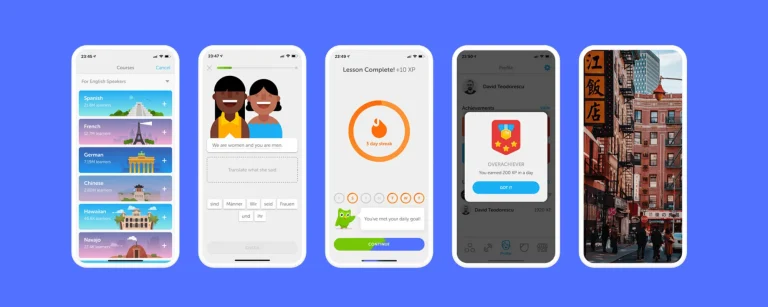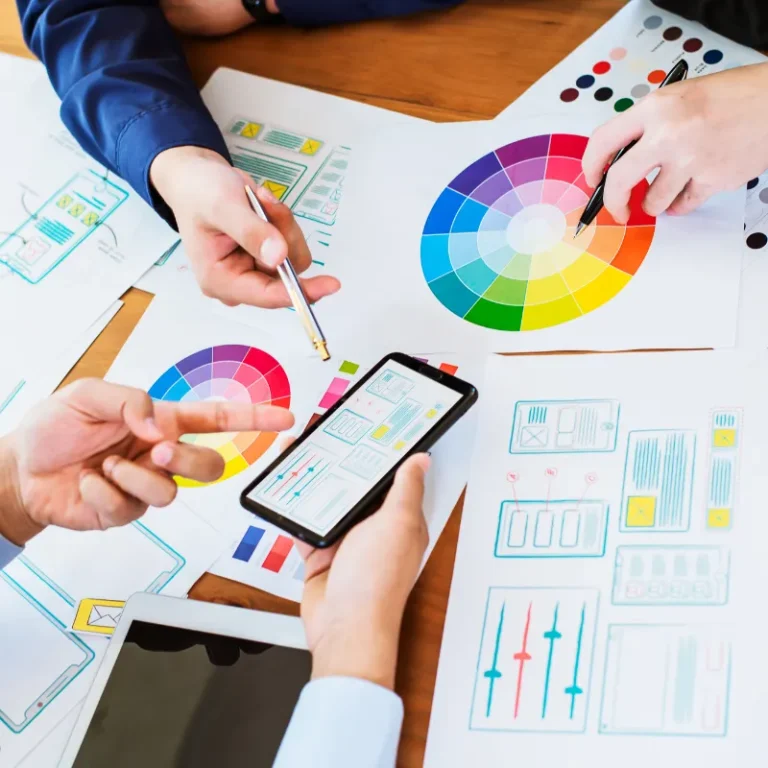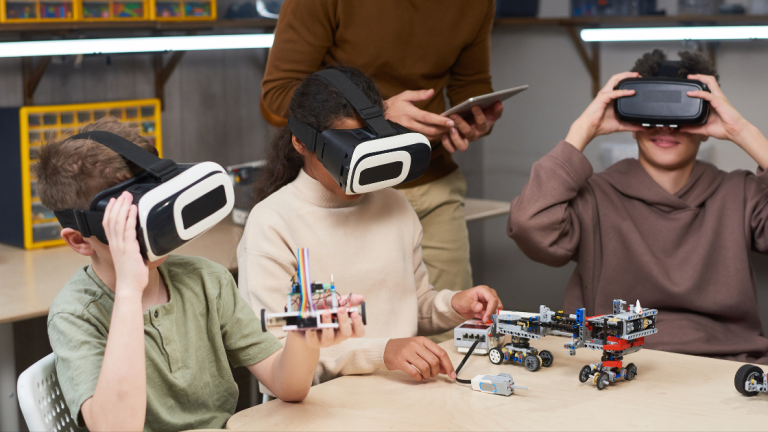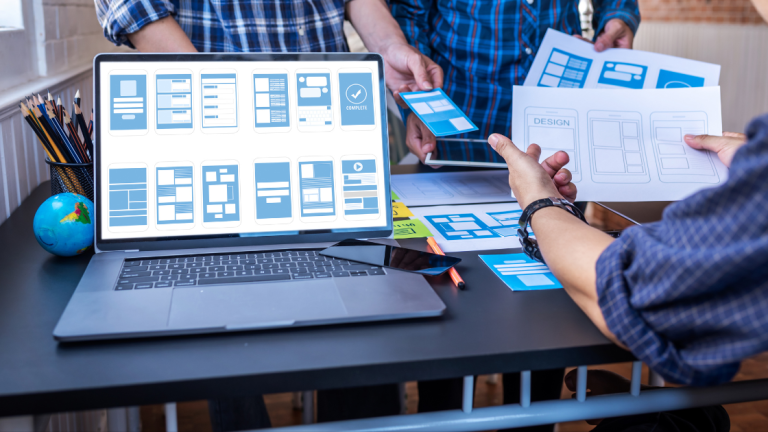Artificial intelligence (AI) in UI/UX design is one of the most important aspects brought about by technological advancement. AI no longer acts as a simple tool for task automation but serves as a core constituent in the process of constructing intelligent interfaces for improving user experiences. It helps designers, via AI, to craft an interface that—besides being a detailed, intuitive, and adaptive one—copes with the multiple needs of different users. It’s the shift changing everything in how we approach design: creating not only beautiful but context-aware and responsive interfaces. How integration of ai in ui ux is changing designs and some strategies for creating intelligent interfaces are explained below.
The Role Of AI In UI/UX Design
- Personalization at Scale
One major way AI is really transforming the domain of UI/UX design is through personalization. Artificial Intelligence can go through terabytes of user data to understand user preferences, behaviors, and needs. In doing so, this data-driven approach contextualizes interfaces for users, making them more engaging and relevant.
- Better User Interactions
Only AI-powered interfaces will truly understand and predict user intent, making interactions more natural and efficient. Combining technologies such as natural language processing and machine learning, AI will interpret user inputs—text, voice, and gestures—and make a response in a way that is conversational and human-like.
- Adaptive And Predictive Design
AI makes possible adaptive interfaces that change in real-time depending on the behavior of the users or the environment. For instance, an intelligent interface could change its layout or functionality based on the device, time of day, or current user location. Another heavyweight application of AI is predictive design, which steps a little further ahead in anticipating user needs and actions.

Key Strategies For Integrating AI In UI/UX Design
- Prioritize User-Centric AI
While AI will significantly enhance interfaces, it’s important to notice how the technology may also be overwhelming when it doesn’t serve the needs of the user. Begin by pinpointing the bottlenecks in the journey that AI can resolve. The integration of ai in ui ux should be at most frictionless and non-intrusive—just improving the experience without giving them the feeling of talking to a machine.
- AI For Data-Driven Decision Making
AI is especially good at crunching large amounts of data and spotting trends that could not have been patently obvious to a human or a designer. Use this capability to your advantage when it comes to the process of design decision-making. For example, let AI help you analyze user feedback and interaction data and build usage trends of what is working versus what isn’t.
- Integrate AI Ethically And Transparently
With the surge in the role of AI in UI/UX design, comes an added level of responsibility related to ethical issues. It should be brought to the notice of users always that AI is in use and their data is being used for some purpose. Transparency will help in building trust and making users comfortable in engaging an AI-powered interface.
Challenges In AI-Driven UI/UX Design
- Balancing Automation With Human Touch
It is all about balancing automation with a human touch: the most serious challenge of AI-driven design. While AI can automate most of the user interface, the touch of a human hand needs to be retained, for it keeps them connected to the user. Getting the balance right keeps the interface effective without sacrificing some of the empathy and understanding that users will appreciate.
- Dealing With Complexity And Consistency
AI-driven interfaces can be complex, especially if they are adaptive or predictive. To this end, consistency in design and user experience across various AI-driven elements is sometimes very hard to achieve. Designers must be able to program and test these kinds of interfaces carefully for them to function together harmoniously and provide cohesive experience.
- Staying Current With AI Advancements
Artificial intelligence is a fast-growing field. For a designer to accomplish the potential that is created by these technologies, he/she has to be current with these changes. These many changes are hard to keep up with, especially in smaller teams or organizations. The focus should be mainly on the essential principles of good design.
The Future Of AI In UI/UX Design
- AI As Co-Designer
In the future, AI can also assume a more collaborative role in the actual design process. It will no longer be a tool that designers use but will take on a more co-designer role: making suggestions, generating options for design, and even automating some parts of the design process. Such kind of collaboration could give rise to even more innovative and effective designs.
- Hyper-Personalization
With the advancement of AI technology, the construction of extremely personalized experiences will grow in sophistication. AI will understand and forecast user needs much better and create individually unique interfaces. It will then spawn a development of interfaces that adjust in real-time because of changes in the user’s behavior and preferences, and context of use, offering a frictionless and rather very personalized experience.
- Ethical AI Design
The more AI gets embedded in everyday user interfaces, the greater the importance of ethical design will become. Designers will have to ensure AI is responsibly used in terms of privacy, transparency, and fairness for the user. In this respect, challenges associated with AI-driven interfaces will have to be solved by setting proper guidelines and best practices for ethical AI design.
Conclusion
AI is turning a new page in the field of UI/UX design, offering possibilities for intelligent, adaptive, and individualized interfaces. Using AI’s ability to deliver very rich user experiences, designers will, in the near future, be able to offer what could only be imagined earlier. However, the challenges remain: how to find a balance between automation and human feel, how to manage complexity correctly, and the assurance of ethical usage.
The role of AI in the field of UI/UX design has evolved with changing technology. The more technically progressive it is, the endless are the possibilities for further innovation. Only integration of ai in ui ux and being true to its design principles—user-centered—can designers create intelligent interfaces that meet and even exceed user expectations.







